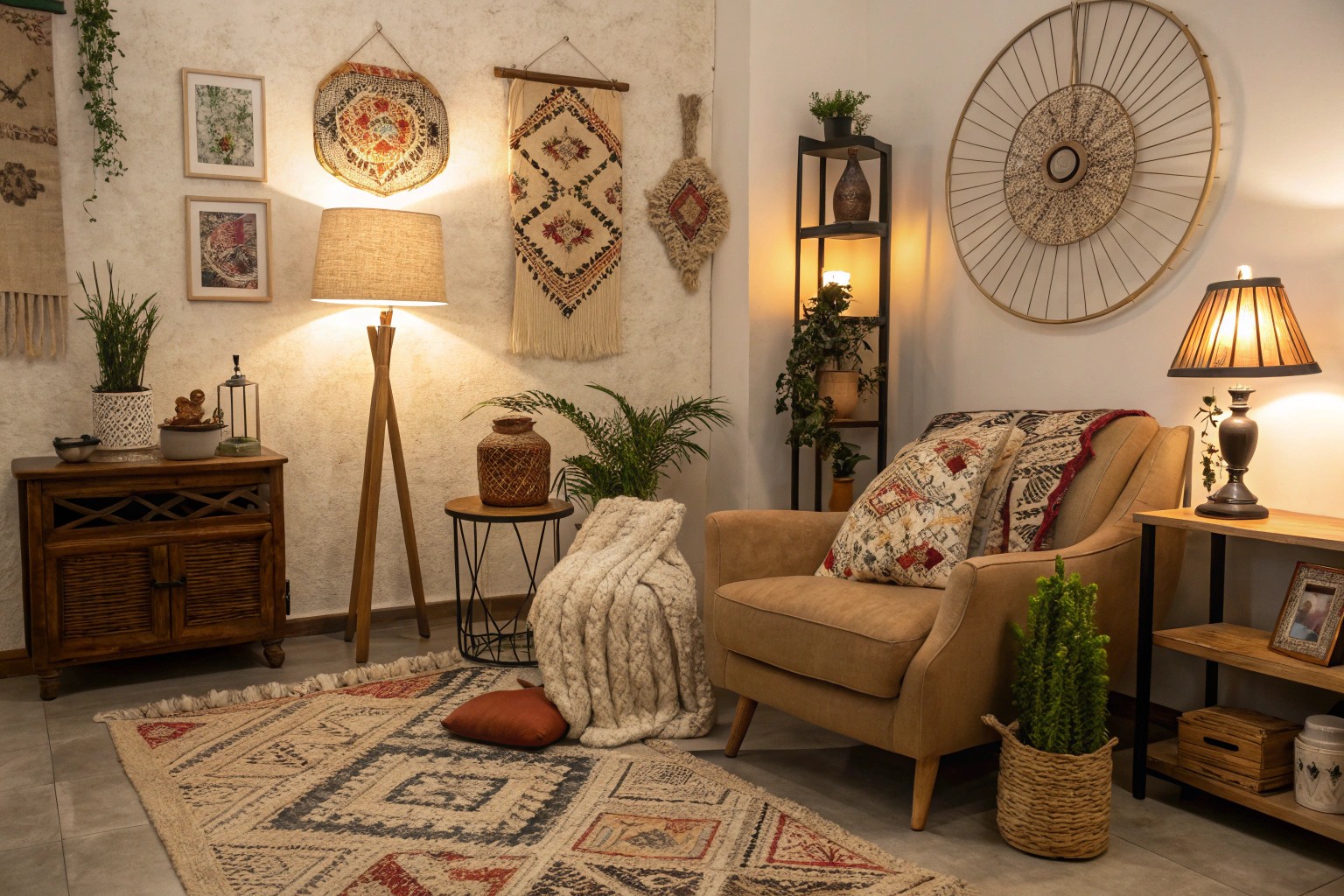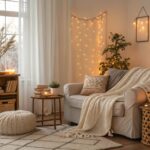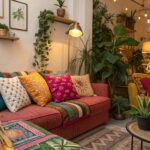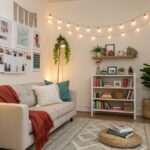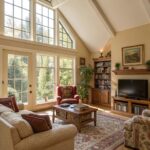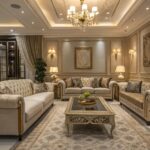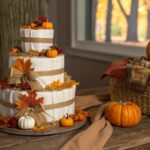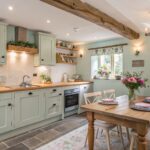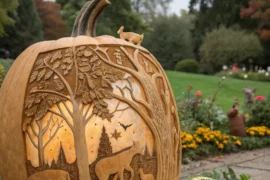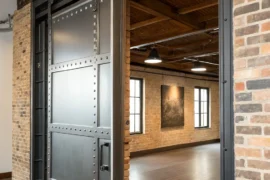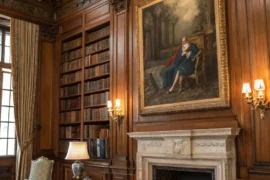In a world of mass-produced decor and picture-perfect interiors, there’s something uniquely powerful about spaces filled with objects that tell your personal story. This guide explores how to break free from traditional display conventions to create interiors that not only look beautiful but resonate with meaning and memory.
Understanding Memory Points in Interior Design
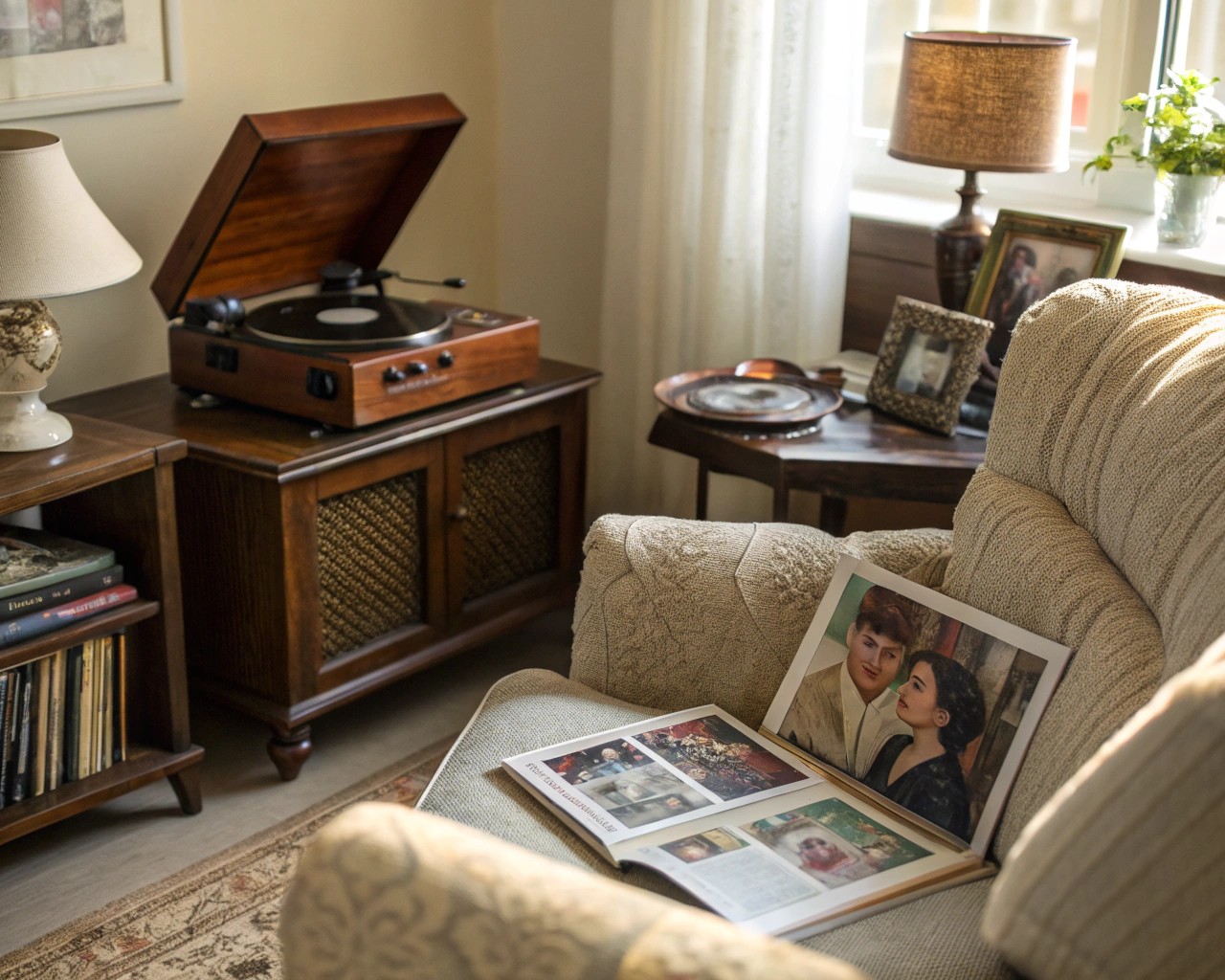
Memory points are elements in your home that evoke personal memories and emotions. These can include furniture, decor, or any item that holds sentimental value. When thoughtfully integrated into your design scheme, these elements transform your house into a home.
I’ve spent years helping clients transform their spaces, and nothing creates more satisfying results than incorporating items with personal significance. These memory points aren’t just decorative—they’re the soul of your space, silently narrating your life’s journey and sparking conversations without saying a word.
Why Memory Points Matter
Memory points serve several essential functions in interior design:
- They create emotional connections to your space
- They distinguish your home from others
- They spark natural conversation
- They provide comfort during transitional periods
- They evolve with your life story
Breaking Traditional Display Conventions
Interior design conventions can sometimes limit personal expression. Here are some common rules worth breaking:
Convention #1: Choose Things That Match
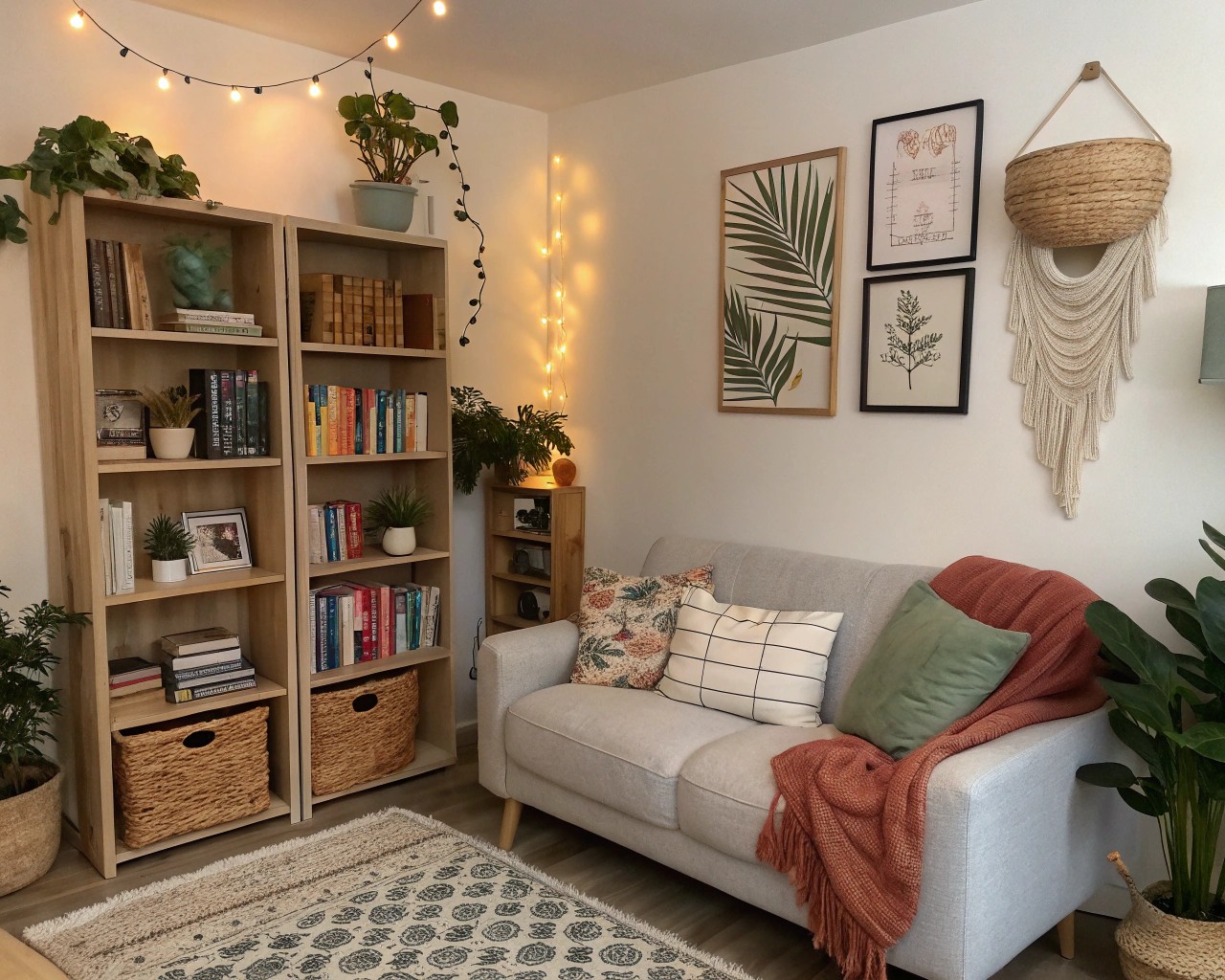
The matching approach can create balance and symmetry, but it often lacks character. Instead, try mixing different colors, patterns, styles, and textures to create visual interest. This approach allows more meaningful objects to coexist harmoniously while making your space uniquely yours.
When working with a family in San Francisco, we incorporated their treasured antique Chinese cabinet into their otherwise contemporary living room. Rather than hiding this “mismatched” piece, we made it a focal point that started conversations about their time living in Asia.
Convention #2: Be Consistent with Period Style
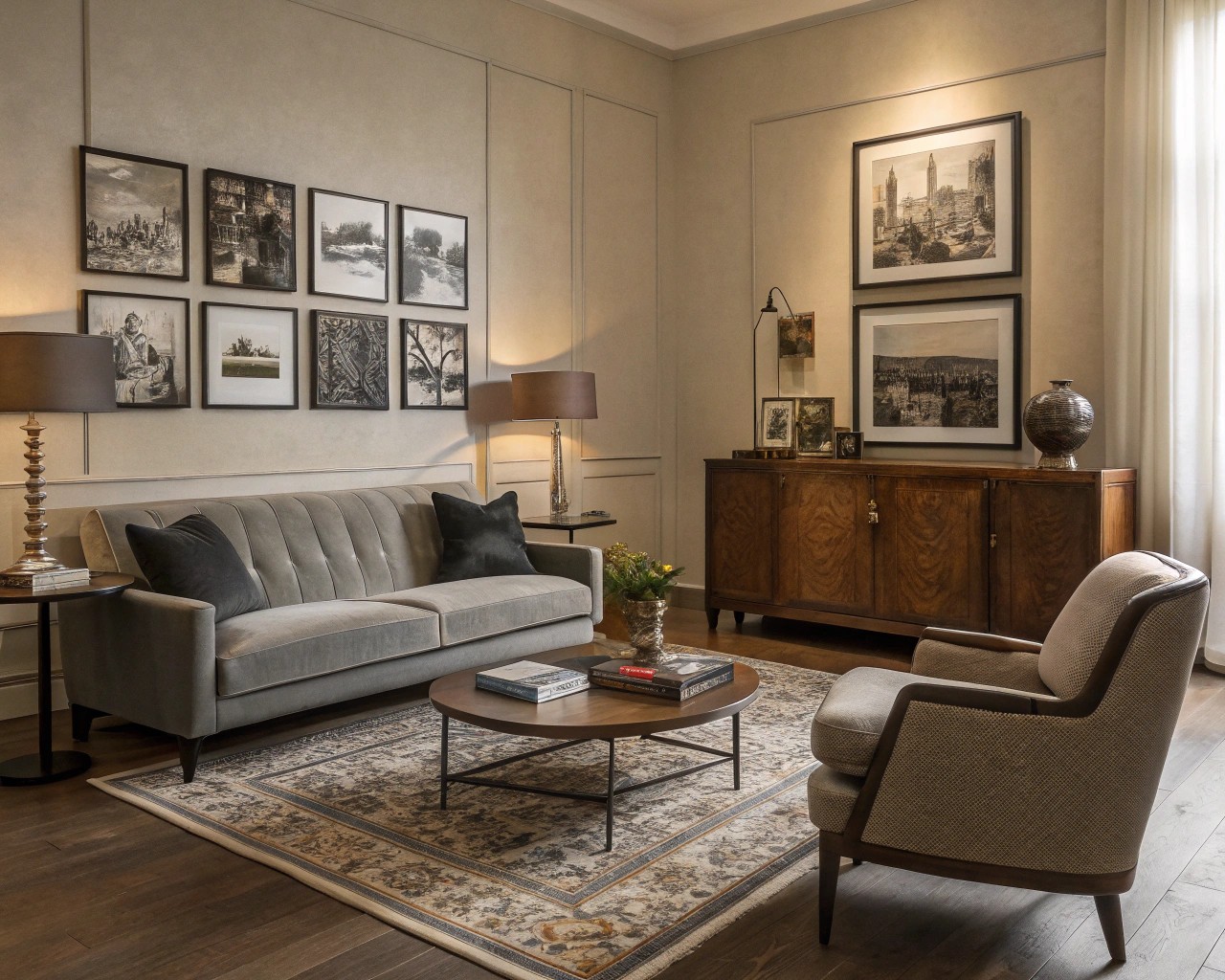
Many believe they should stick to one period style, fearing that mixing old and new will look jarring. However, combining different eras creates rich, layered spaces that tell your personal story across time.
As one client told me after we integrated her grandmother’s Victorian writing desk into her minimalist apartment: “Every time I sit at this desk, I feel connected to my past while living fully in my present.”
Convention #3: Keep Decorative Objects Minimal and Coordinated
While minimalism has its merits, thoughtfully curated collections of meaningful items create more character than sparse, matching decor. The key is intention rather than limitation.
Creating Personal Memory Collections
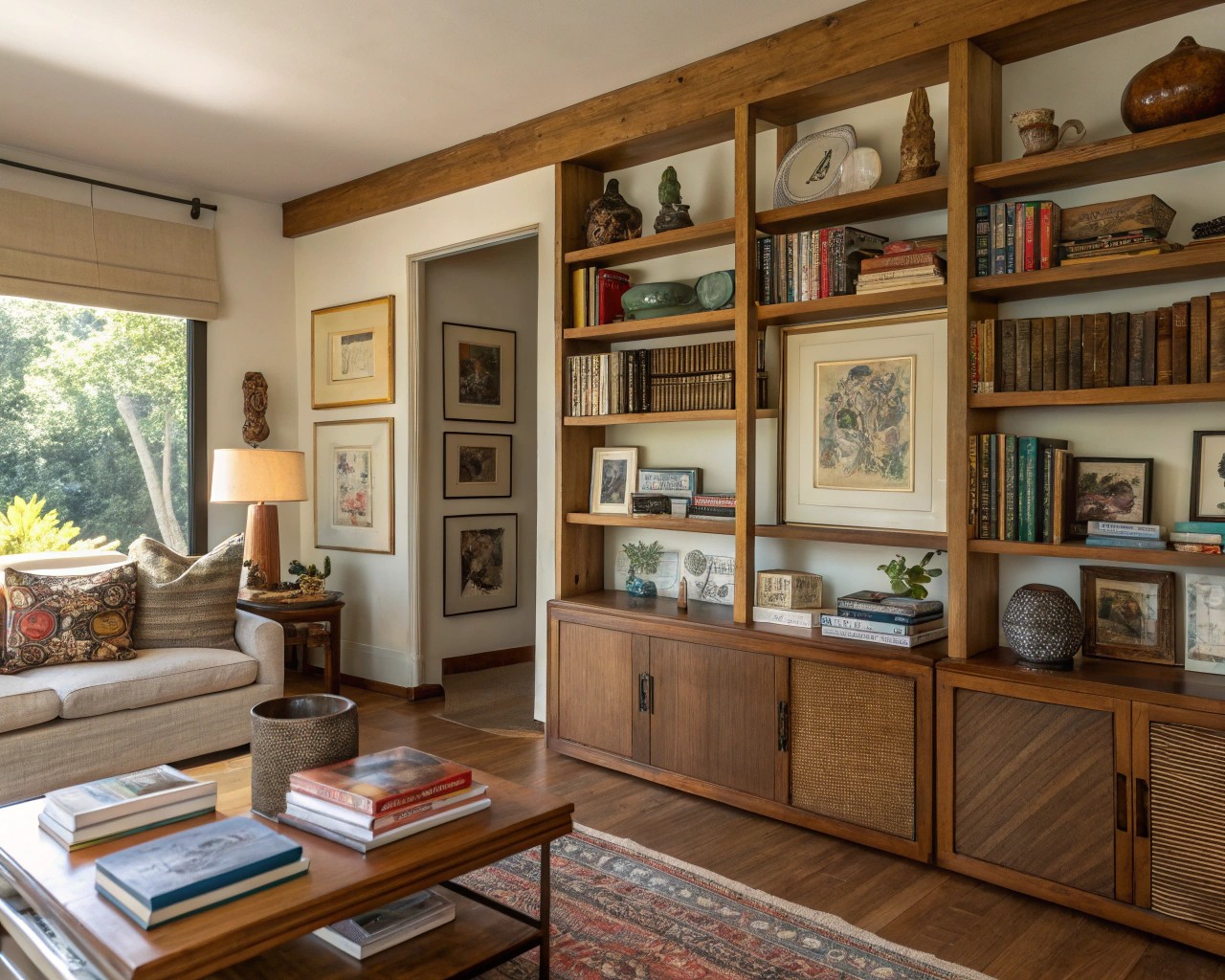
Not every object deserves display space. Learning to curate with intention is essential for creating meaningful interiors without clutter.
Questions to Guide Your Curation Process:
- Does this item trigger a specific memory when you look at it?
- Can you share a story about this object?
- Would you replace this if it were lost, or is it irreplaceable?
- Does seeing this daily bring you joy or inspiration?
One of my most memorable projects involved working with a retired professor who had collected objects from 40+ years of academic travel. Rather than displaying everything, we selected items that represented turning points in her career and personal life. The result was a more powerful collection with each piece given room to “breathe” and tell its story.
Contextual Placement: Beyond the Shelf
Where you place meaningful objects dramatically impacts how they’re experienced. Think beyond standard display locations like shelves and mantels.
| Object Type | Traditional Placement | Unconventional Placement Ideas |
|---|---|---|
| Photographs | Walls or shelves | Suspended from ceiling; Transfer onto fabric; Inside kitchen cabinet doors |
| Small collectibles | Curio cabinets | Arranged in floor-to-ceiling vertical displays; Mounted above doorways; In bathroom niches |
| Family heirlooms | China cabinets | Used as working objects; Integrated into furniture; As room dividers |
| Children’s artwork | Refrigerator | Scanned and printed on throw pillows; Framed in museum-quality frames; As wallpaper in small spaces |
| Travel souvenirs | Displayed together | Integrated with books; Used as door stops; As planters |
Balancing Aesthetics and Sentimentality
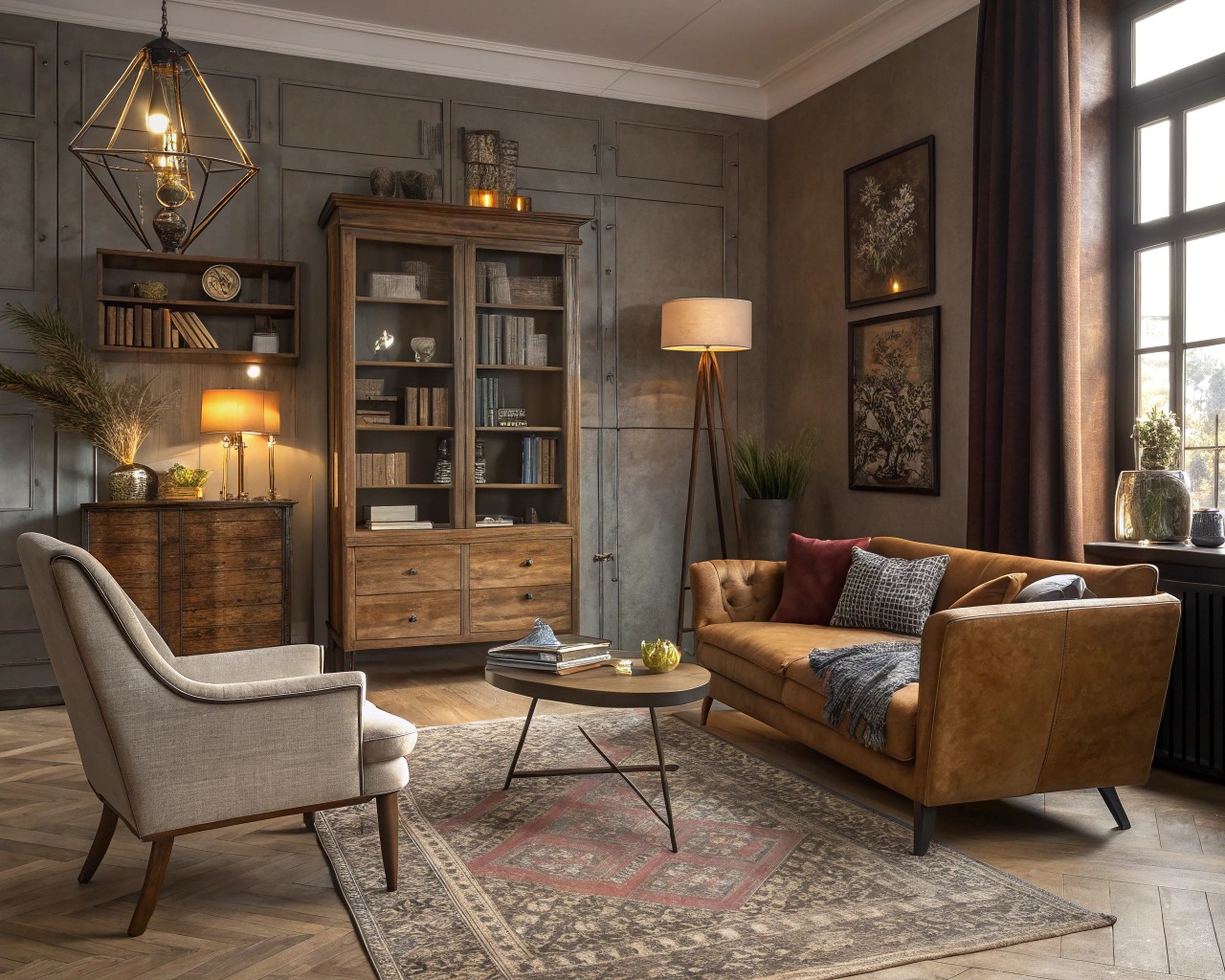
Finding the sweet spot between personal sentiment and aesthetic coherence is perhaps the greatest challenge in decorating with meaningful objects.
We recently worked with a couple who had inherited numerous family heirlooms—some beautiful antiques, others more humble objects with deep personal significance. The challenge was creating a contemporary space that honored these connections to the past.
Strategies for Integration:
- Create “moments” of focus around significant pieces rather than spreading them throughout
- Use colors from cherished objects as accent colors elsewhere in your scheme
- Reframe sentimental artwork in contemporary frames
- Group meaningful objects by color rather than origin for visual coherence
- Use lighting to highlight the most meaningful objects
Making Meaningful Objects Into Conversation Pieces
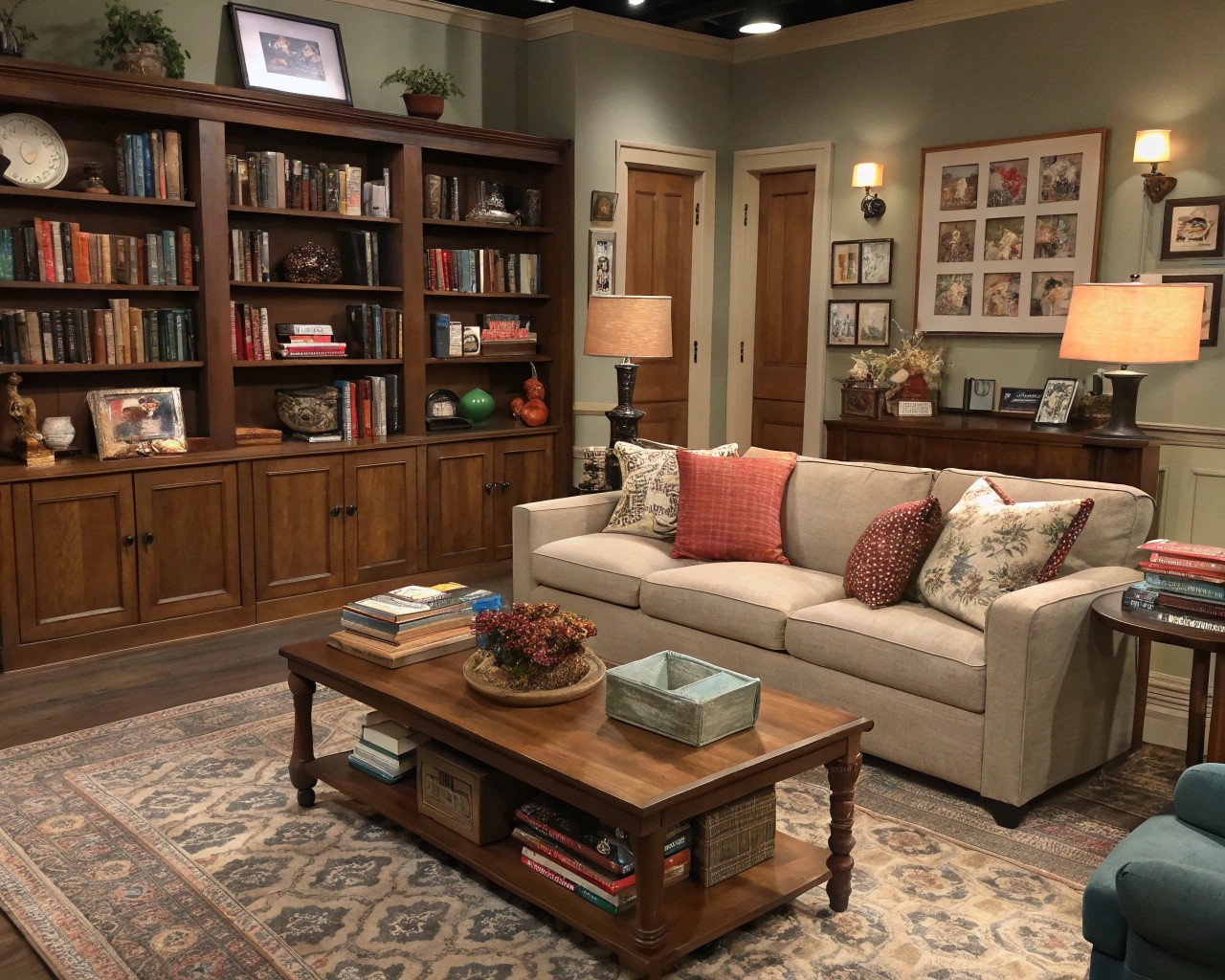
One delight of decorating with meaningful objects is their ability to spark connection. I’ve noticed that homes featuring personal, story-rich items tend to host more engaging gatherings.
Transform Objects Into Conversation Starters:
- Add discreet labels or QR codes that link to the story behind special objects
- Create unexpected juxtapositions that prompt questions
- Position meaningful objects at eye level in social areas
- Rotate collections seasonally to keep the environment fresh
- Use dramatic lighting to highlight significant pieces
“The objects in my home now tell my story better than I ever could,” one client reflected after we reimagined her display of inherited folk art. “Guests naturally ask about pieces that catch their eye, which opens up wonderful conversations I might never have had otherwise.”
Case Study: Art as Inspiration for Interior Design
A recent project involved a client with an extensive collection of works by Maltese artist Ġoxwa Borg. Rather than treating the art as merely decorative, we used it as a foundation for the entire design scheme.
The paintings, which blend age-old tradition with modern sensibilities, became our inspiration for a home in a Queen Anne style mansion. We carefully selected colors, textures, and forms that echoed elements from the artworks.
In the bedroom, we chose grey oil-brushed oak flooring and a custom-made bed in grey-tinted sycamore to mirror the two-tone background of one painting. The artwork’s subtle green hues were reflected in a sage green mohair bed throw and a woven wool and silk rug with aqua tones threading throughout.
This approach created a harmonious environment where the art and interior design engaged in visual conversation, enhancing both.
Practical Display Solutions for Meaningful Objects
Mounting Options for Different Types of Objects
| Object Type | Traditional Solution | Unconventional Solution | Preservation Considerations |
|---|---|---|---|
| Photographs | Frames on walls or shelves | Digital frames with rotating images; Photo transfers onto wood | UV-protective glass; Avoid direct sunlight |
| Textiles/Fabric | Framed behind glass | Draped over furniture; Used as wall hangings | Acid-free backing; Rotate items in direct light |
| Small collectibles | China cabinet or curio shelf | Shadow boxes; Suspended from ceiling in clear containers | Dust protection; Secure mounting for earthquake zones |
| Books | Bookshelves | Open on display stands; Pages framed as art | Climate control for rare volumes; Book cradles for antiques |
| Natural items | Displayed under glass | Incorporated into furniture (resin tabletops) | Pest treatment; Sealing to prevent deterioration |
Lighting Considerations for Meaningful Displays
Proper lighting can dramatically enhance the impact of meaningful objects:
- Directional lighting: Use adjustable fixtures to highlight specific objects
- LED strip lighting: Install behind shelving for a dramatic glow effect
- Museum putty with battery-operated puck lights: Create illumination in unconventional spots
- Programmable smart lighting: Change the mood or highlight different objects at different times
- Natural light positioning: Consider UV exposure for sensitive items
Evolving Your Display Over Time
Unlike museum displays, the most successful arrangements evolve, reflecting your continuing life story. I encourage clients to think of their displays as living compositions rather than permanent installations.
One of my favorite long-term clients has a dedicated “seasonal memory shelf” in her kitchen. Each season, she rotates in objects that relate to both the time of year and family memories associated with that season—beach glass collected during summer vacations, a special Thanksgiving serving platter, holiday ornaments that belonged to her grandmother.
Approaches to Evolving Displays:
- Establish a regular schedule for refreshing arrangements (seasonally works well)
- Create designated storage for meaningful objects not currently on display
- Document arrangements you particularly love with photos before changing them
- Allow space for new acquisitions in your display plan
- Consider how natural light changes throughout the year when planning rotations
“I used to think decorating was about creating a finished product,” shared a client after we implemented a rotation system for her display of meaningful objects. “Now I understand it’s an ongoing conversation between my past, present, and future.”
Breaking Display Rules with Intention
When advising clients about breaking design rules, I emphasize that intention is everything. Random rule-breaking often leads to chaos, while intentional deviation creates impact.
Rules Worth Breaking:
-
Symmetry is necessary: Asymmetrical arrangements can create more dynamic visual interest and accommodate objects of different sizes and importance.
-
Collections must be displayed together: Separating related items throughout your home creates moments of discovery and prevents visual overwhelm.
-
Valuable items belong behind glass: Using heirlooms as functional objects (serving meals on grandmother’s china) often honors their legacy better than preservation alone.
-
Everything needs a dedicated display space: Sometimes the most powerful placement is unexpected—a cherished object on a windowsill catching light, or a small memento tucked into a bookshelf.
-
Professional displays require expensive solutions: Some of the most effective displays I’ve created have used repurposed materials or DIY approaches.
Case Study: The Multi-Generational Memory Home
Client Profile: A blended family with children from previous marriages wanting to honor multiple family histories.
Challenge: Creating a cohesive environment that respected diverse family narratives and heirlooms without feeling disjointed.
Solution: We designated a “family history wall” in their main stairwell, with a carefully designed arrangement incorporating photographs, documents, and small objects from both family lines. We used consistent framing but with subtle variations to distinguish different family branches.
Additionally, we created a family “curiosity cabinet” in the living room where children could actually handle and interact with less fragile family objects.
Result: Both adults and children felt their histories were acknowledged and celebrated. The interactive element of the curiosity cabinet became a favorite feature, encouraging storytelling between different generations and branches of the family.
Styling Decorative Objects Without Overthinking
When helping clients style their meaningful objects, I often share this advice: don’t overthink it. The beauty of decorative objects lies in their versatility and ease.
A bold, sculptural piece can instantly elevate an entryway, while a smaller item can seamlessly add depth to your coffee table. Whether large or small, these objects are a foolproof way to enhance any space.
Breaking up space in a vignette is key, and meaningful objects introduce an unexpected element, adding visual interest and excitement to the arrangement.

